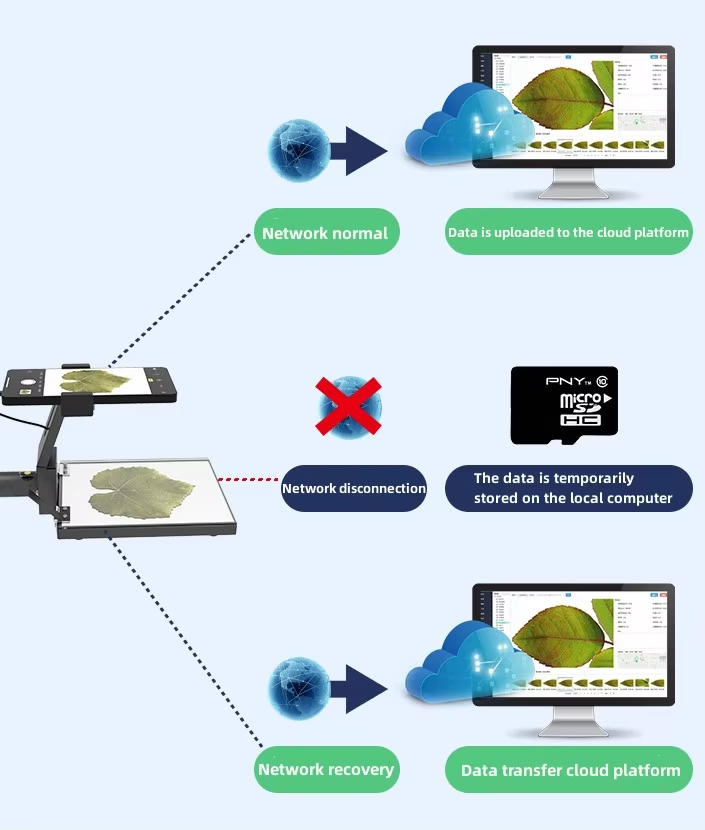To cope with increasing global food demand, there is a need to improve crop yields through efficient phenotyping. Optical image-based phenotyping has enabled significant advances in plant breeding and crop management, but faces limitations in spatial resolution and accuracy due to its non-contact approach.
Wearable sensors using contact measurements offer a promising alternative for in situ monitoring of plant phenotypes and their environment. Despite early advances in plant growth and microclimate monitoring, the full potential of wearable sensors for plant phenotyping remains largely untapped.
In July 2023, Plant Phenomics published a review article entitled “Wearable Sensors: New Data Collection Tools for Plant Phenotyping.” The purpose of this paper is to explore the ability of wearable sensors to monitor various plant and environmental factors, highlighting their high resolution, versatility and minimal invasiveness, while addressing existing problems and providing solutions.
Wearable sensors offer a revolutionary approach to plant phenotyping, overcoming the limitations of traditional non-contact methods such as optical imaging. They offer high spatial resolution, versatility and minimal invasiveness, allowing the measurement of various plant phenotypes such as elongation, leaf temperature, hydration, biopotential and stress responses.
Innovative technologies such as stretchable strain gauges and flexible electrode sensors adapt to plant growth and morphology, facilitating real-time in-situ monitoring.
Unlike optical imaging, wearable sensors are less susceptible to environmental factors and can provide more accurate data. When monitoring leaf temperature and moisture, wearable sensors use wireless connectivity and advanced materials to provide reliable and accurate measurements.
Sensors with flexible electrodes provide advances in measuring biopotentials, minimizing plant damage and providing continuous monitoring. Detection of stress responses can be improved by using sensors that monitor early signs of disease or environmental stress, such as ultraviolet radiation and ozone exposure.
Wearable sensors also excel at environmental monitoring, assessing factors such as air temperature, humidity, light, and the presence of pesticides. Multimodal sensors on lightweight, stretchable platforms collect real-time data that is critical to understanding the microenvironments that influence plant growth.
Although wearable sensors hold great promise for plant phenotyping, they also face challenges such as interference with plant growth, weak binding interfaces, limited signal types, and small monitoring coverage. Solutions include lightweight, soft, stretchable and transparent materials, as well as advanced bonding technologies and integration of multiple measurement modes.
As wearable sensor technology continues to advance, it is expected to play a key role in accelerating plant phenotyping, providing greater insight into plant-environment interactions.
Post time: Jul-24-2024


